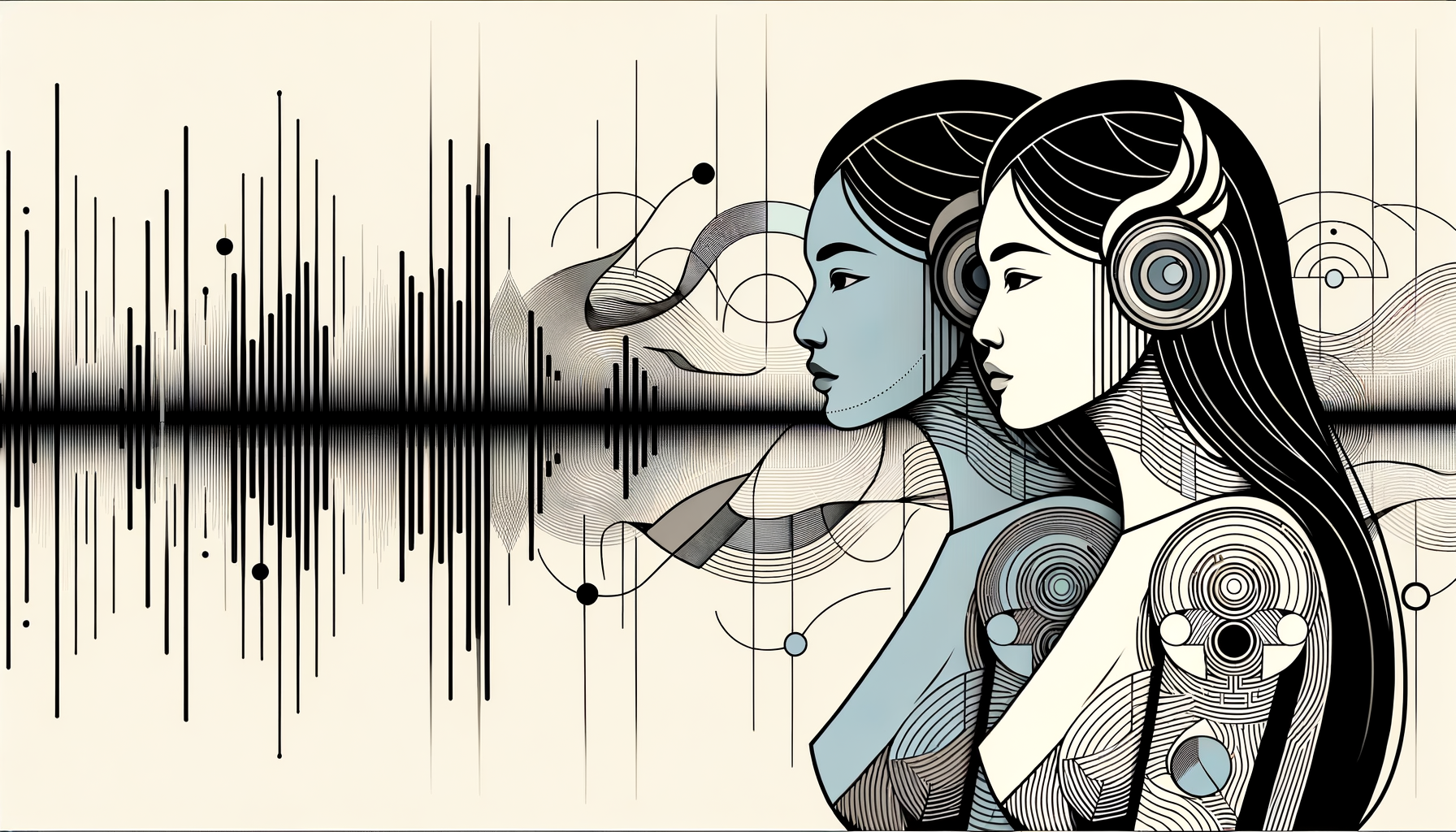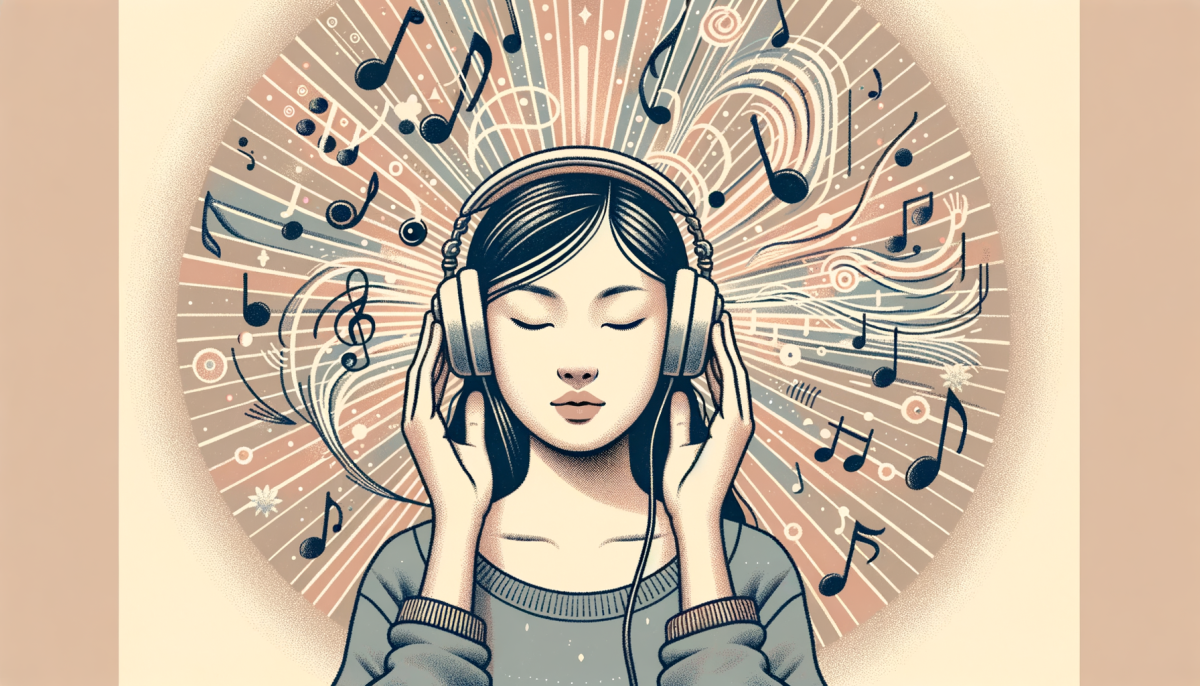Introduction
In the grand symphony of life, sound plays a pivotal role, not just as a medium of communication, but also as a potent tool for emotional regulation. The intricate relationship between sound and emotion is a fascinating area of study, revealing how auditory stimuli can influence our emotional state and well-being. This article delves into the profound connection between sound and emotion, exploring the techniques of emotional regulation and the impact of auditory stimuli on our emotional health.
Sound and Emotion

The interplay between sound and emotion is a complex dance, choreographed by our brain’s intricate neural networks. Sounds, whether they are harmonious melodies or discordant noises, have the power to evoke a wide spectrum of emotions. A soothing lullaby can lull us into a state of tranquility, while the cacophony of a bustling city can trigger feelings of stress and anxiety.
The science behind this emotional response to sound is rooted in our evolutionary history. Our ancestors relied on their auditory senses to detect threats in their environment, with certain sounds triggering a fight-or-flight response. This primal reaction to sound has been passed down through generations, shaping our emotional responses to different auditory stimuli.
Music, in particular, has a profound impact on our emotions. The rhythm, melody, and harmony of a piece of music can stir up a whirlwind of feelings, from joy and elation to sadness and melancholy. This emotional resonance of music is a universal phenomenon, transcending cultural and linguistic barriers.
Emotional Regulation Techniques
Emotional regulation refers to the strategies we employ to manage and control our emotional responses. These techniques can be conscious or unconscious, involving cognitive processes such as reappraisal and suppression, or behavioral strategies like distraction and avoidance.
Sound-based emotional regulation techniques harness the power of auditory stimuli to influence our emotional state. Music therapy, for instance, uses music to evoke positive emotions and promote emotional well-being. The rhythmic patterns and melodic structures of music can stimulate the brain’s reward system, triggering the release of dopamine, a neurotransmitter associated with feelings of pleasure and happiness.
Nature sounds, too, have a calming effect on our emotions. The gentle rustling of leaves, the soothing sound of waves crashing against the shore, or the melodious chirping of birds can induce a state of relaxation and tranquility. These sounds can act as a form of auditory mindfulness, helping us to focus on the present moment and alleviate feelings of stress and anxiety.
Impact of Auditory Stimuli
The impact of auditory stimuli on our emotional health is profound. Research has shown that prolonged exposure to noise pollution can lead to increased levels of stress and anxiety, while regular exposure to calming sounds can promote relaxation and reduce symptoms of depression.
The therapeutic potential of sound is being increasingly recognized in the field of mental health. Sound therapy, which uses different frequencies and types of sound to promote emotional well-being, is gaining traction as a complementary treatment for conditions like anxiety and depression.
However, the impact of sound on our emotions is not just limited to the realm of therapy. In our everyday lives, we can harness the power of sound to regulate our emotions. Listening to uplifting music when we’re feeling down, or tuning into the calming sounds of nature when we’re stressed, can help us navigate the emotional ups and downs of life.
Conclusion
In conclusion, sound plays a crucial role in emotional regulation, influencing our emotional state and well-being. By understanding the relationship between sound and emotion, and harnessing the power of auditory stimuli, we can enhance our emotional health and navigate the complexities of life with greater ease and resilience. The symphony of life is indeed a melodious journey, with sound as our emotional compass, guiding us through the highs and lows of our emotional landscape.





